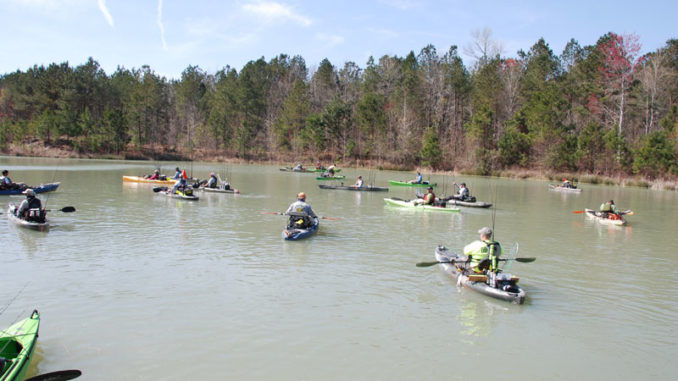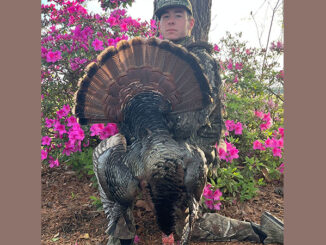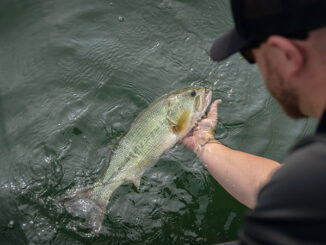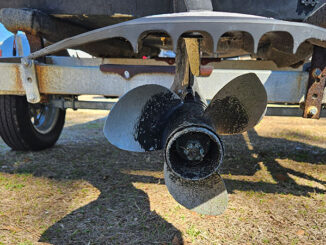
Maybe you remember the first fish you ever hooked and landed in a kayak, and maybe you don’t. Perhaps you keep track of every personal best species you’ve landed from a plastic boat, or maybe you’ve been at it so long, you’ve lost track. Either way, kayak anglers always have room to grow and expand their skills and knowledge.
Regardless of your tenure or commitment to the sport, learning and knowing ideas that will further your kayak fishing experience is always a good thing. From selecting your first, or maybe just your next, fishing kayak, to getting it to the water, to selecting the right gear and tackle once you’re on the water, here’s a few tips that any kayak angler will find useful.
Your kayak’s size has a lot to do with your enjoyment. When selecting a boat, make sure the length and weight is appropriate for your size. Longer and wider boats tend to be more comfortable on the water. But they can be a pain to load, carry and paddle. The type and size of the waters you fish will also dictate how much boat you need.
Research
Before any fishing trip, do some research about the area you want to fish. The internet, maps, apps, and weather reports will all provide information of varying usefulness. Heading to the water armed with knowledge about the area, where fish are likley to hold, what impact the weather may have, details of put-in and take-out sites will save you time and effort.
Using an anchor trolly system may seem complext at first, but it is a critical skill. Properly using it will keep the angler facing in the desired position after the anchor is set, either by positioning an anchor pole or dropping a weighted anchor. Then, the current or wind will dictate how the boat settles. The use of a rear mounted rudder is also useful to direct the position of the boat.
Lack of space is a real consideration in a kayak. So devise a fishing strategy before you hit the water. Pare down your tackle selections to whatever fits in a medium-sized box. This might mean selecting the appropriate colors and depth ranges for the pattern you intend to fish. Reducing your primary tackle to one box reserves enough space for a backup plan. Concentrate your efforts on the intended plan. This is how kayak anglers become adept at “fishing small” and catching fish that other anglers pass over.

Small Craft Skills
Kayaks are designed to take the angler where other boats can’t reach, including shallow water, heavy cover, and confined quarters. Standing up in a kayak is a useful skill, but often requires a fair amount of balance. The ability to cast from a seated position is also a valuable skill. Because kayaks can and do go many places other boats can’t, expect to find yourself faced with making casts or bait presentations you wouldn’t make anywhere else – seated, crouching, or balancing to stand.
The ability to cast with one hand, using right or left hand independently, is a particularly useful skill. Because fish tend to tolerate kayaks more than other boats, these casts don’t need to be super long, but being accurate at short distances, while holding a paddle or pole in the other hand, is very useful.
Developing accuracy with sidearm casting is another, additional acquired skill.
Trolling or using rod holders to fish from a kayak is another variation that at first may seem strange or awkward. A kayak seat will relegate that your body is positioned facing forward with your legs in front of you. Rod holder placement will be dictated by your strength in this area if you choose to employ them.
Finally, fighting a fish, especially a large fish, from a kayak is vastly different than most other types of craft. You might be familiar with the term “sleigh ride” and it’s a real thing in kayak fishing. A large fish will take the boat where it wants to go, at least in the beginning stages of the fight, and that can often lead to balance problems if the angler is not aware.
Always try to keep the fight in front of the boat. This gives you the best possible shot at landing the fish.
Best Bets
NORTH CAROLINA
WHAT — Striped Bass and Spotted Bass
WHERE — Lake Norman
HOW — Live bait is good. But artificial baits like Whopper Ploppers and A-rigs will catch both species when fished near one of the two thermal discharge areas on Lake Norman.
LAUNCH — A list of public access sites can be found at www.ncwildlife.org/boating/where-to-boat
INSIDER TIP — Both thermal discharge areas are full of small 1 – 2-inch threadfin shad. Due to this, it’s best to match the hatch with downsized baits and light line where possible.
SOUTH CAROLINA
WHAT — Largemouth Bass
WHERE — Lake Moultrie
HOW — Look for ditches, creek channels or old ponds that are adjacent to vegetation-laden shallow flats. Jig and chunks and weighted plastic worms in crawdad colors are hard to beat. But many anglers catch huge pre-spawn females by fishing large live baits under a cork near the edges of thick vegetation.
LAUNCH — Public launch areas on the lake can be found at http://moultrie.uslakes.info/POI/Boat-Ramps/
INSIDER TIP — Watch the weather and target warming trends before heading out to Santee. Winds can be gusty early in the year but a number of small protected areas are perfect for kayak fishing.





Be the first to comment